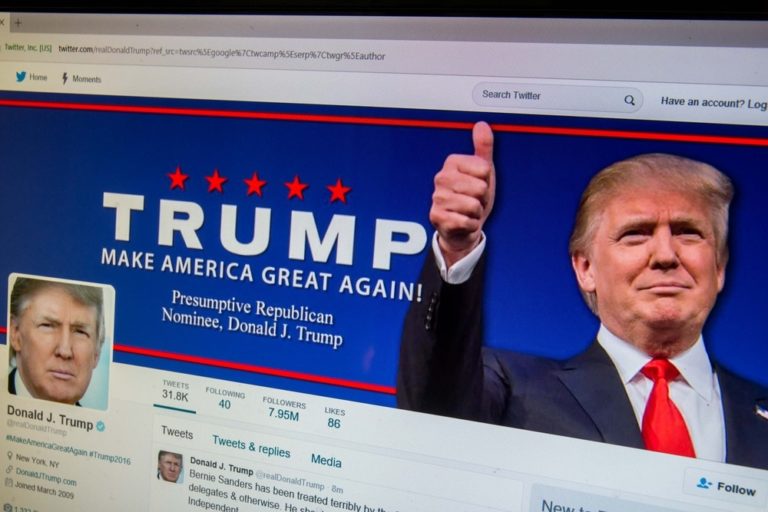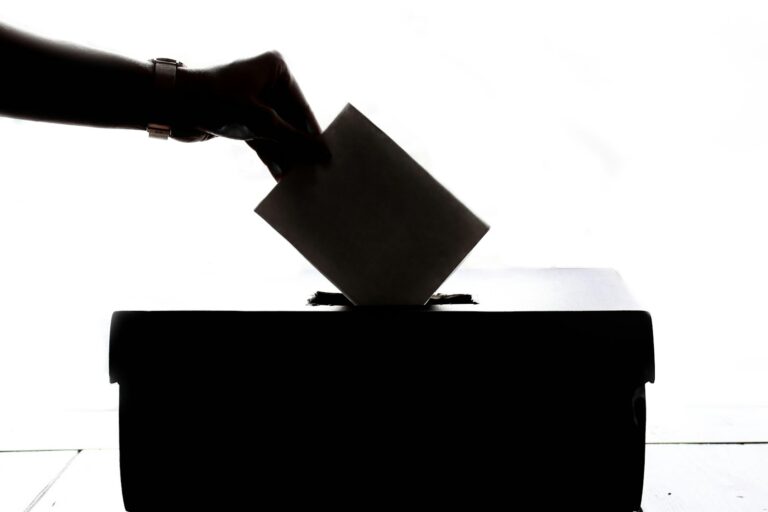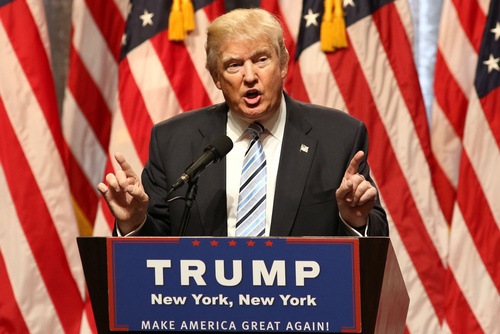Key Takeaways:
- President Donald Trump pardoned Paul Walczak, a convicted tax cheat, after his mother, Elizabeth Fago, attended a pricey fundraiser.
- Fago is a major donor to Trump and Republicans, raising millions of dollars for their campaigns.
- The pardon spared Walczak from prison and paying nearly $4.4 million in restitution.
- Fago was involved in efforts to undermine Joe Biden’s 2020 campaign by leaking his daughter’s private diary.
- The Justice Department closed its investigation into the diary leak just days after Trump’s inauguration.
A Pardon With a Price Tag
President Donald Trump recently granted clemency to Paul Walczak, a former nursing home executive convicted of tax crimes. This decision came after Walczak’s mother, Elizabeth Fago, attended a high-dollar fundraiser at Trump’s Mar-a-Lago resort. The event reportedly cost attendees $1 million per plate, and guests were promised face-to-face access to the former president. Just three weeks after this gala, Trump pardoned Walczak, saving him from an 18-month prison sentence and a $4.4 million restitution payment.
Who Is Elizabeth Fago?
Elizabeth Fago is no stranger to politics. She has been a major donor to Trump’s campaigns and has hosted at least three fundraisers for him. Her efforts have earned her VIP treatment at Trump’s inaugurations and other exclusive events. Fago’s political activities extend beyond fundraising. She played a role in an effort to sabotage Joe Biden’s 2020 presidential campaign by leaking the private diary of Biden’s daughter, Ashley. The diary was found in a rental home in Florida, and Fago tried to pass it to Trump’s campaign team. However, campaign lawyers were uncomfortable with the situation and alerted the FBI instead.
The Diary Controversy
The diary leak attempt became a significant issue during the 2020 election. Fago worked with others to hand the diary over to Project Veritas, a media group closely tied to Trump. The Justice Department investigated the matter, but no charges were filed against Fago or anyone from Project Veritas. However, two of Fago’s associates, Robert Kurlander and Aimee Harris, pleaded guilty in connection with the incident.
The Timing of the Pardon
Walczak’s pardon came just in time. He was supposed to report to prison 12 days before Trump granted him clemency. A judge had made it clear that wealth and influence wouldn’t save him from punishment, stating, “There is not a get-out-of-jail-free card for the rich.” Yet, Walczak’s mother’s deep ties to Trump and her fundraising efforts seem to have played a significant role in his pardon.
A History of Questionable Practices
This isn’t the first time Trump’s pardons have raised eyebrows. Critics argue that some of his pardons appear to favor political allies and donors rather than individuals who genuinely deserve clemency. In this case, the timing of the fundraiser and the pardon has led to accusations of favoritism and corruption.
The Broader Implications
The pardon of Paul Walczak highlights concerns about the influence of money in politics and the justice system. While everyone deserves a fair shot at redemption, the appearance of a “pay-to-pardon” system undermines public trust in the fairness of the legal process. This case also brings back questions about Trump’s handling of sensitive political material, especially after the diary leak controversy.
What’s Next?
The pardon of Paul Walczak is likely to fuel ongoing debates about Trump’s use of presidential powers for personal or political gain. As the 2024 election approaches, this issue could become a talking point for critics and opponents. For now, Walczak is free, and Fago remains a prominent figure in Trump’s political orbit. Whether this decision will have legal or political consequences for Trump remains to be seen.
Conclusion
The story of Paul Walczak’s pardon is another chapter in the controversial legacy of Donald Trump’s use of presidential powers. While the law allows presidents to grant pardons, cases like this one raise important questions about fairness, ethics, and the influence of money in politics. As the political landscape continues to shift, this issue is likely to stay in the spotlight.










